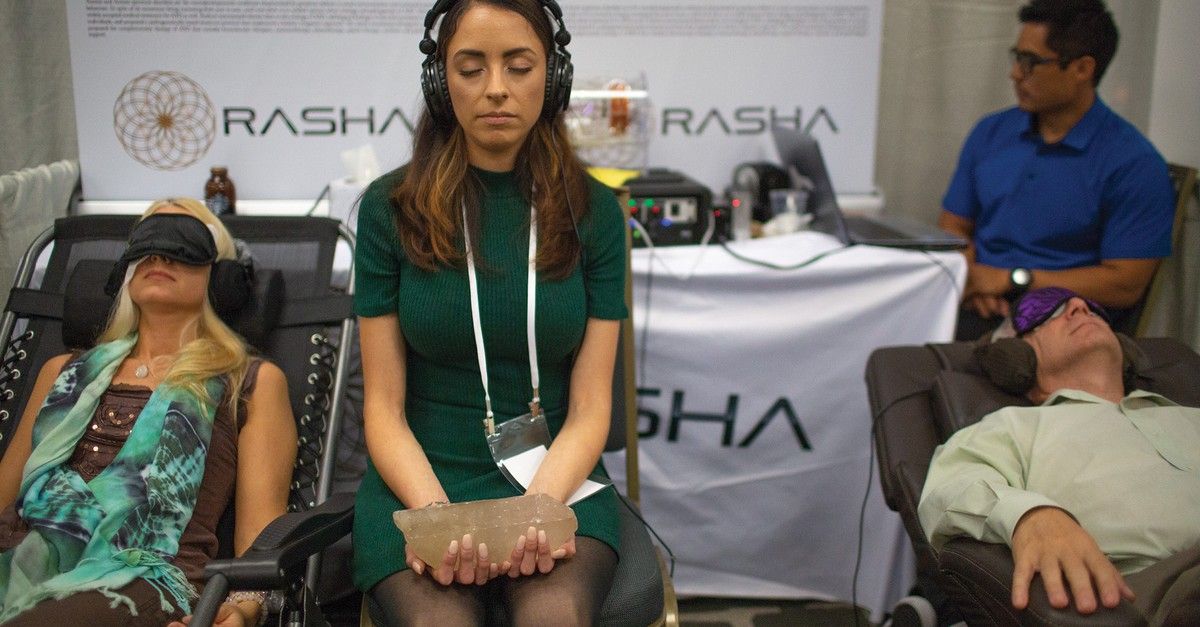Digital cash may soon start replacing the physical kind.


The Sun is essential to all life on Earth, but where did it come from? ☀️
BBC World Service

For the most serious devotees, immortality-seeking is a full-time commitment to keeping abreast of the latest innovations—they speak of these “modalities” with the same reverence a Christian would of a blessing. A $250 billion industry of antiaging products and services is there for the collection—and many of their offerings are for sale at RAADfest.
Ivan Apers, center, surrounded by participants in the RAAD Challenge, a yearlong health and fitness regimen culminating at RAADfest. Members showed off their results with a choreographed workout set to music.
This story appears in VICE Magazine’s Burnout and Escapism Issue. Click HERE to subscribe.
“Are we ready to open the doors?” an event producer in a skintight catsuit asked into a headset.

With the rise of A.I., and studies that repeatedly suggest that workers’ productivity actually increases during shorter work days, the work week is poised to undergo a major transformation in the coming years.
The billionaire entrepreneur predicts the rise of technology will soon force society to rethink the modern work week.
The Kings played moon landing footage during Warriors’ intros and Steph loved it 😂 (via NBCS Bay Area)

When vast amounts of gas fall toward a supermassive black hole at the center of a galaxy cluster, gravitational and electromagnetic forces spray most of the gas away continuously for tens of millions of years. See for yourself: https://go.nasa.gov/2GfhvLd
Posted by What. If.

Seneca Valley virus sounds like the last bug you’d want to catch, but it could be the next breakthrough cancer therapy. Now, scientists at the Okinawa Institute of Science and Technology (OIST) and the University of Otago have described exactly how the virus interacts with tumors—and why it leaves healthy tissues alone.
The study, published in the Proceedings of the National Academy of Sciences on October 29, 2018, provides the first detailed images of how the complex Seneca Valley virus forms with its preferred receptor. The researchers used cryo-electron microscopy to capture images of over 7000 particles and rendered the structure in high resolution. They predict their results will help scientists develop the virus, and other viral drug candidates, for clinical use.
“If you have a virus that targets cancer cells and nothing else, that’s the ultimate cancer fighting tool,” said Prof. Matthias Wolf, principal investigator of the Molecular Cryo-Electron Microscopy Unit at OIST and co-senior author of the study. “I expect this study will lead to efforts to design viruses for cancer therapy.”

And how to build a time machine.
The concept of time travel has always captured the imagination of physicists and laypersons alike. But is it really possible? Of course it is. We’re doing it right now, aren’t we? We are all traveling into the future one second at a time.
But that was not what you were thinking. Can we travel much further into the future? Absolutely.
If we could travel close to the speed of light, or in the proximity of a black hole, time would slow down enabling us to travel arbitrarily far into the future. The really interesting question is whether we can travel back into the past.

The innovators and discoverers of tomorrow took centre stage in Chesterfield Inlet when Victor Sammurtok School (VSS) hosted its Elementary Science Fair on Dec. 4. Local fairs in schools across the region led up to the Kivalliq Science Educators’ Community’s (KSEC) Kivalliq Regional Science Fair, where students were vying for the right to represent the…